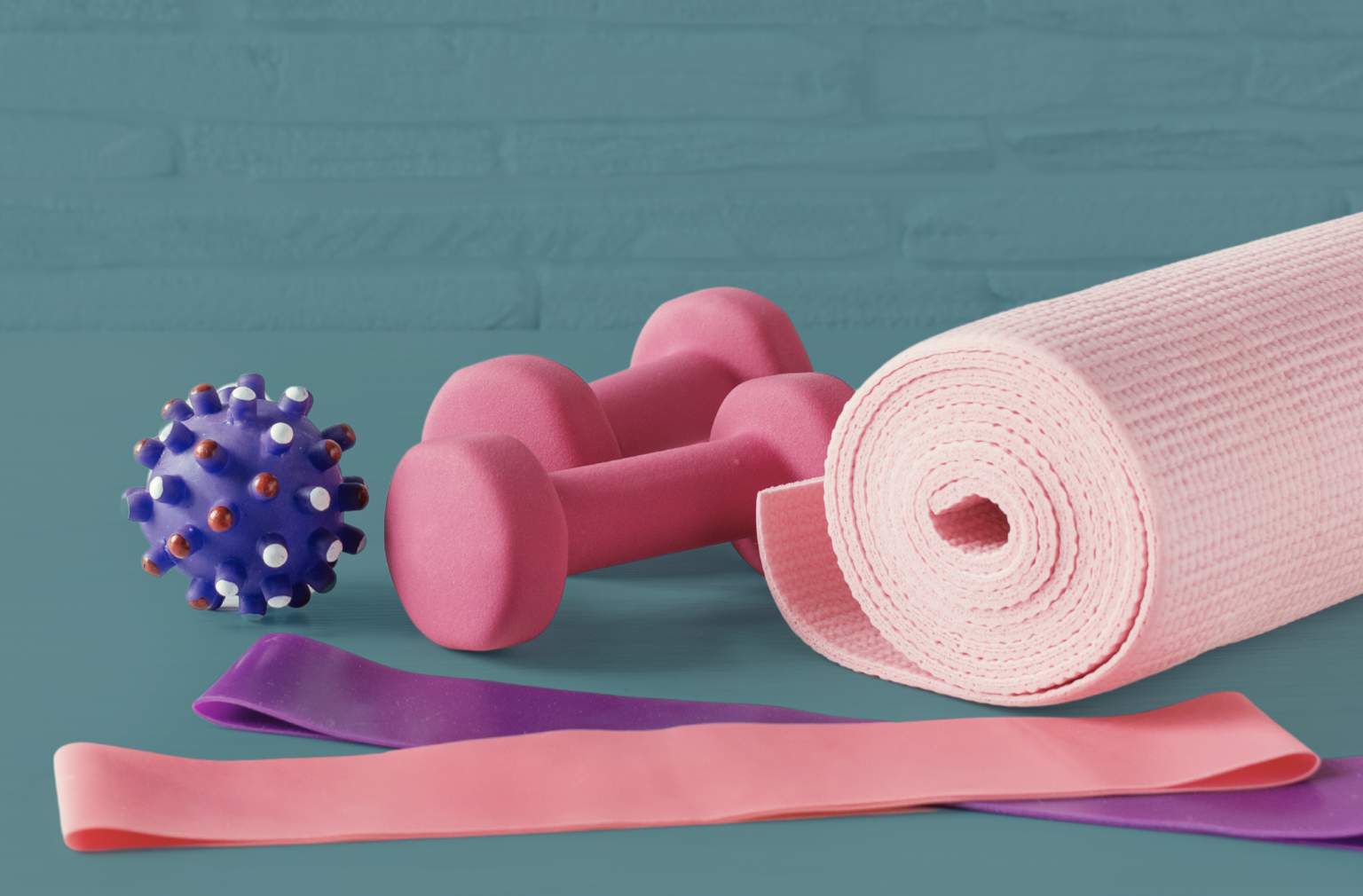5 Gentle Indoor Workouts That Help Menopause Symptoms This Winter
Science-backed indoor workouts that ease menopause symptoms. 5 gentle exercises including yoga, resistance bands & strength training for winter relief.

When winter arrives and menopause symptoms intensify, indoor exercise becomes essential for maintaining physical and mental wellbeing. The key lies in choosing gentle, low-impact activities that address hormonal transition challenges without requiring expensive equipment.
The Science Behind Exercise and Menopause Relief
During menopause, declining estrogen levels create physical changes extending beyond hot flushes. Winter compounds these challenges through reduced sunlight exposure and limited outdoor activity, making indoor exercise particularly valuable for maintaining consistent movement and combating seasonal mood effects. Recent studies demonstrate that targeted exercise interventions can significantly reduce menopause-related complaints when practised consistently (Money et al., 2024).
5 Evidence-Based Indoor Workouts for Menopause
1. Therapeutic Yoga Practice
A comprehensive review shows that yoga significantly improved menopausal symptoms, sleep quality, anxiety, depressive symptoms, body mass index, and blood pressure. (Wang et al., 2024)
Key components:
- Gentle flowing sequences linking breath and movement
- Restorative poses held for 3-5 minutes
- Breathing techniques targeting hot flush management
- Meditation components addressing stress and sleep disturbances
Begin with 20-30 minute sessions, gradually building to 45-60 minutes. Focus on poses promoting spinal mobility, hip flexibility, and core strengthening whilst emphasising breathwork.
2. Resistance Band Training
Studies also show resistance band exercise training for 12 weeks significantly improves age-associated hormonal decline, blood pressure, and body composition in postmenopausal women (Son et al., 2020).
Essential exercises:
- Upper body: Seated rows, chest presses, overhead presses
- Lower body: Squats with band resistance, lateral leg raises, glute bridges
- Core strengthening: Modified planks and standing rotations
- Full-body movements: Step-throughs and multi-directional lunges
Perform 2-3 times weekly, completing 2-3 sets of 10-15 repetitions per exercise. Progress by increasing band tension rather than duration.
3. Dynamic Balance Training
Balance challenges become particularly important during menopause. Studies demonstrate that balance exercise interventions can significantly reduce fall rates and improve functional stability.
Progressive balance sequence:
- Static holds: Single-leg stands progressing from 15 to 60 seconds
- Dynamic movements: Heel-to-toe walking, lateral weight shifts
- Cognitive challenges: Balance tasks combined with counting or word games
- Surface variations: Balance exercises on cushions or folded towels
Always perform near a stable support surface, progressing gradually from static to dynamic movements.
4. Gentle Stretching and Mobility Work
Flexibility exercises address joint stiffness and muscle tension commonly experienced during menopause, improving range of motion and reducing pain.
Target areas:
- Hip flexors and glutes: Addresses sitting-related tightness
- Thoracic spine: Combats forward head posture and improves breathing
- Shoulder girdle: Reduces tension from stress and hormonal changes
- Calf and ankle mobility: Supports balance and circulation
Dedicate 15-20 minutes daily to stretching, holding each stretch for 30-60 seconds whilst breathing deeply.
5. Low-Impact Strength Circuits
Systematic reviews demonstrate that strength exercises improve muscle strength, physical activity levels, bone density, metabolic and hormonal changes, and can positively influence hot flushes (Capel-Alcaraz et al., 2023).
Circuit components:
- Bodyweight squats and modified lunges
- Wall push-ups and tricep dips using household furniture
- Core exercises including modified planks and dead bugs
- Functional movements like sit-to-stand repetitions
Complete 2-3 circuit sessions weekly, performing each exercise for 30-45 seconds with 15-30 seconds rest. Complete 2-4 rounds depending on fitness level.
Implementation Guidelines
Creating Your Weekly Schedule
Aim for 150 minutes of moderate-intensity exercise weekly:
- 3 days: Resistance band training or strength circuits (20-30 minutes each)
- 2 days: Yoga practice (30-45 minutes each)
- Daily: 10-15 minutes of stretching and balance work
Monitoring Progress
Track improvements in strength, balance, and symptom severity rather than focusing solely on weight changes. Modify exercises based on joint limitations or current symptoms.
Conclusion
The intersection of winter weather and menopause creates unique challenges that indoor exercise can effectively address. Research demonstrates clear evidence for positive effects of targeted physical activity on menopausal symptoms, extending beyond symptom relief to improved bone health, cardiovascular function, and psychological wellbeing.
Success requires implementing a comprehensive approach addressing strength, flexibility, balance, and stress management. With consistent practice, maintaining robust physical and mental health throughout the menopausal transition is entirely achievable, regardless of weather conditions outside.
How Emsee Can Help
Managing menopause symptoms through exercise becomes more effective when combined with personalised healthcare guidance that addresses your unique hormonal needs.
Book a free first consultation with one of our experienced doctors, naturopaths or nutritionists today by calling 1300 412 422 or fill out our online contact form.
Alternatively, answer a few questions about your health and lifestyle to get a free assessment report on your situation and discover if Emsee is the perfect match for you.
References
- Wang, H., Liu, Y. (2024). The effectiveness of yoga on menopausal symptoms: A systematic review and meta-analysis of randomized controlled trials. International Journal of Nursing Studies, 161, 104928.
- Abiç, A., & Yilmaz Vefikuluçay, D. (2024). The Effect of Yoga on Menopause Symptoms: A Randomized Controlled Trial. Holistic Nursing Practice, 38(3), 138-147.
- Money, A., MacKenzie, A., Norman, G., Eost-Telling, C., Harris, D., McDermott, J., & Todd, C. (2024). The impact of physical activity and exercise interventions on symptoms for women experiencing menopause: overview of reviews. BMC Women’s Health, 24(1), 399.
- Son, W. M., Pekas, E. J., & Park, S. Y. (2020). Twelve weeks of resistance band exercise training improves age-associated hormonal decline, blood pressure, and body composition in postmenopausal women with stage 1 hypertension: a randomized clinical trial. Menopause, 27(2), 199-207.
- Capel-Alcaraz, A. M., García-López, H., Castro-Sánchez, A. M., Fernández-Sánchez, M., & Lara-Palomo, I. C. (2023). The Efficacy of Strength Exercises for Reducing the Symptoms of Menopause: A Systematic Review. Journal of Clinical Medicine, 12(2), 548.
This article is intended for informational purposes only and does not replace professional medical advice. Please consult with a healthcare provider for any specific symptoms or issues you might be experiencing.











